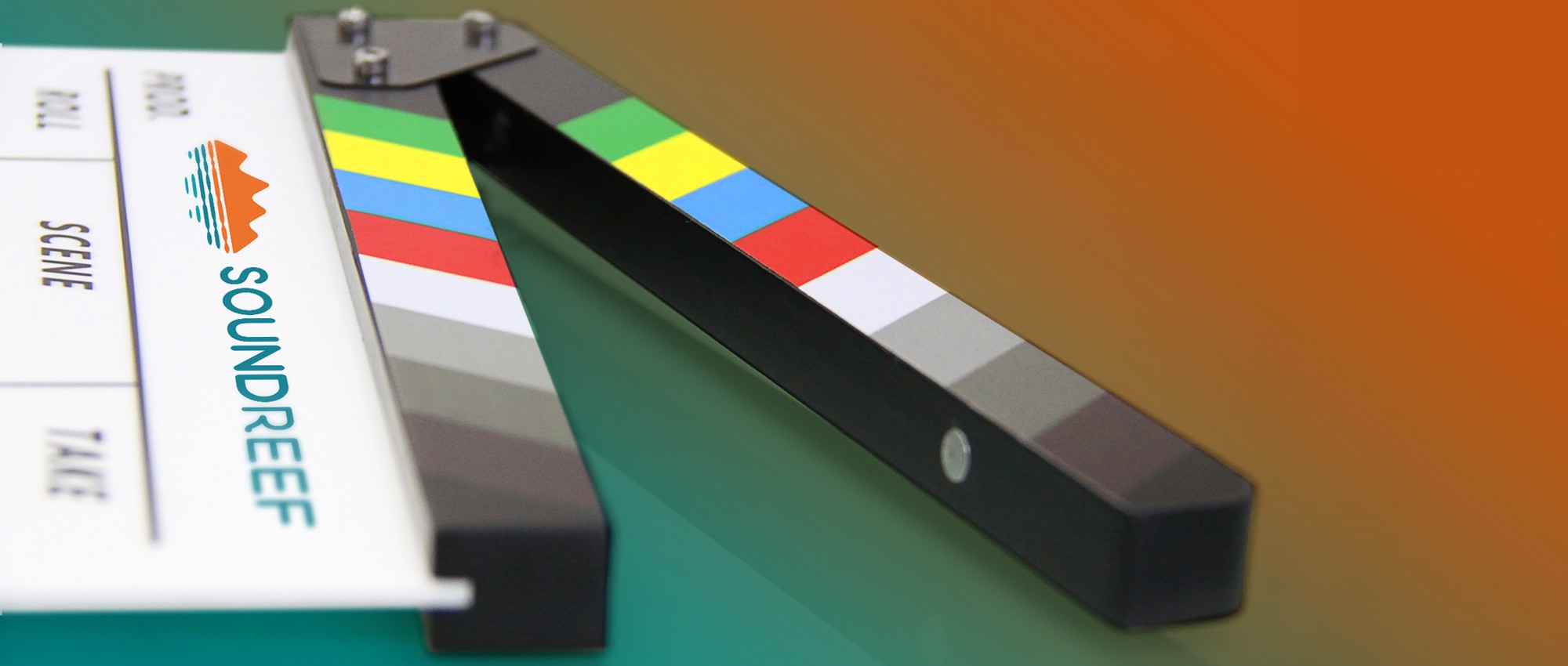If you are subscribed to our services and decide to compose an Original Soundtrack, or if one of your existing songs is used as part of a soundtrack in a film, you can count on Soundreef to collect some of the respective royalties.
However, further clarifications and distinctions need to be made to better understand how synchronization rights work.
Firstly, it’s important to know that for someone to use a piece of music as a soundtrack (like ads, movies or even videogames), they must be granted a music synchronization license.
Buying a music synchronization license is always a private negotiation between the parties: the licensee (the person who wants to use the music) on one hand and the rightsholder (the owner of the song) on the other. This process is almost never overseen by Collective or Independent Management Entities (CME and IME).
The reason behind this is that the rightsholder might not want his/her image/song to be associated with certain visual contents despite the potential monetary benefit. Private negotiations, therefore, ensure the rightsholder’s image/song is always safeguarded. Therefore, Soundreef (like other CMEs/IMEs) does not take part in the negotiations regarding synchronization rights.
However, Soundreef WILL collect your royalties if your soundtrack is broadcasted at the movies, on TV or on video-sharing platforms such as YouTube. Just like for live events, movie theater owners must pay a license for any music synchronized with some kind of visual media output.
This type of right management is available worldwide and is provided either by Soundreef itself or through representation agreements. Soundreef has entered into an important agreement with SUISA, the Swiss Cooperative Society for Authors and Publishers.




